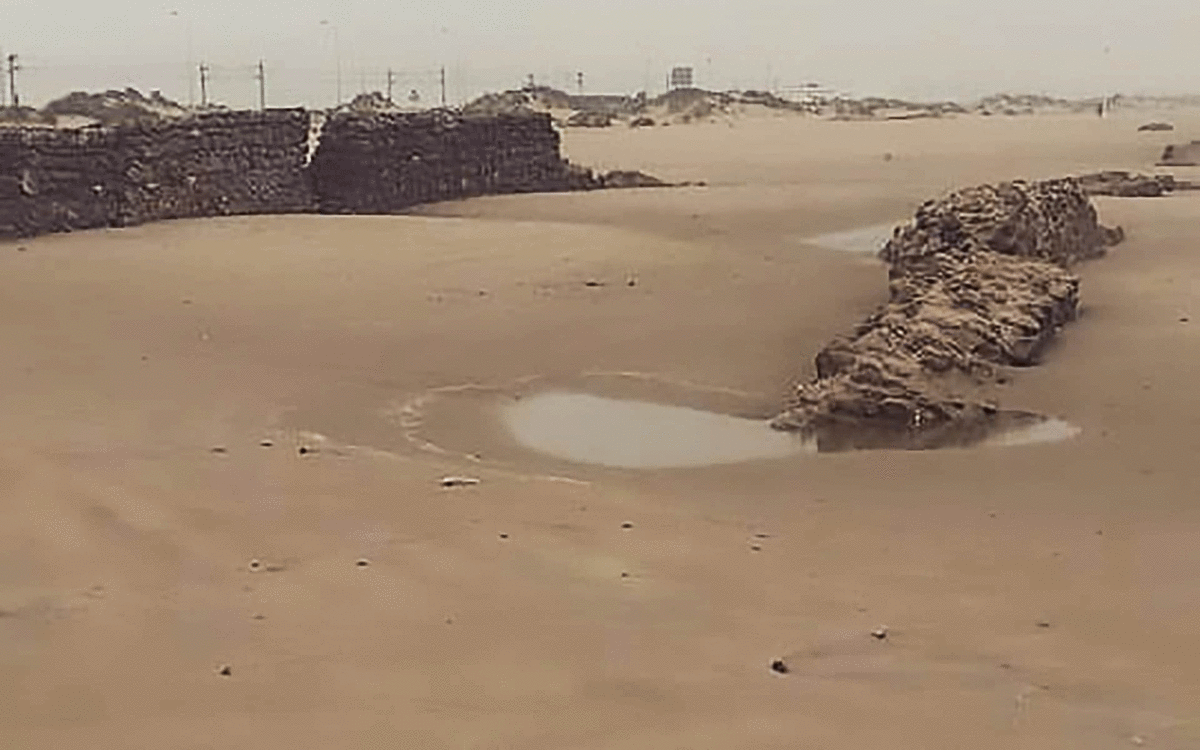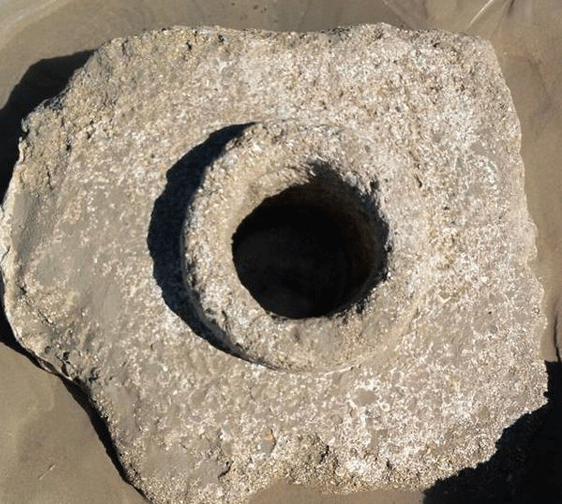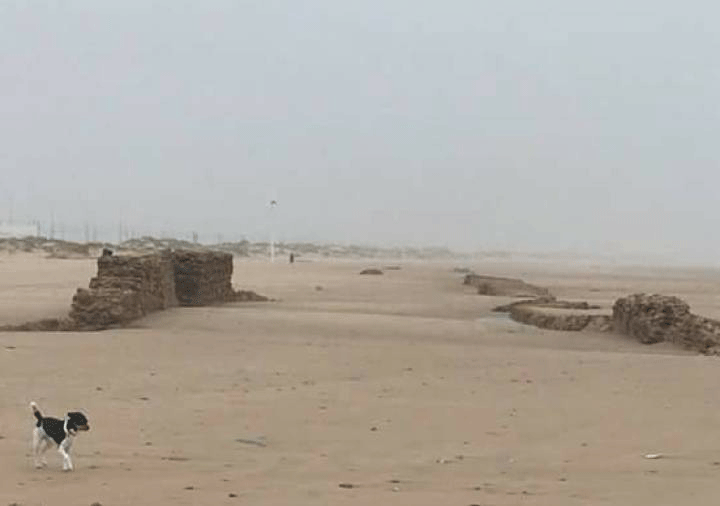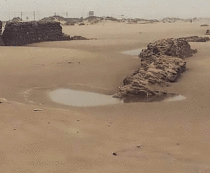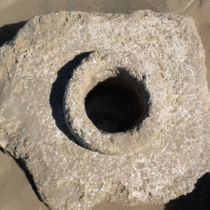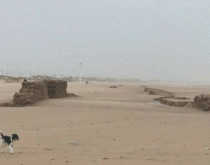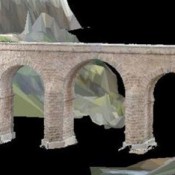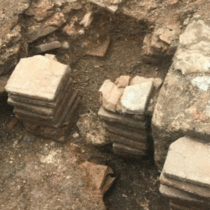Roman remains of a road and an aqueduct have been revealed in southern Spain after large amounts of sand were removed due to Storm Emma.
The archaeological ruins were revealed at Cortadura beach in Cadiz. The aqueduct dates to the 1st century and the remains of the road date to the 16th-17th century. The road had been destroyed by a tsunami in 1775 following the Lisbon earthquake.
The aqueduct was about 50 miles long, carrying water from the freshwater springs of Tempul in San José del Valle. It was thought to be the fifth largest construction of this type in the Roman Empire. Cadiz in antiquity was an island, according to Roman historians, but is now joined to Spain by Cortadura beach. The new discovery if confirmed to be of the same construction will allow researchers to follow the path the aqueduct of Gades, which is Latin for today’s Cadiz, followed. So far up to seven parts of it have been revealed and archaeologists hope that more will be unearthed in the future.
Two of the fragments found so far are still connected with the original mortar, something rather unusual in archaeological research.
Other similar aqueduct fragments found years ago are now on display in Cádiz’s Asdrúbal square.
